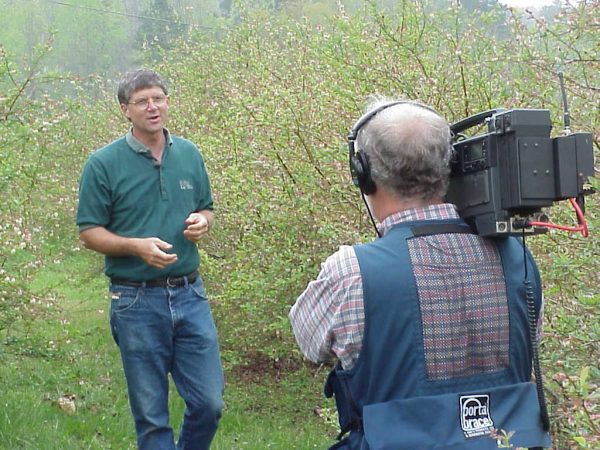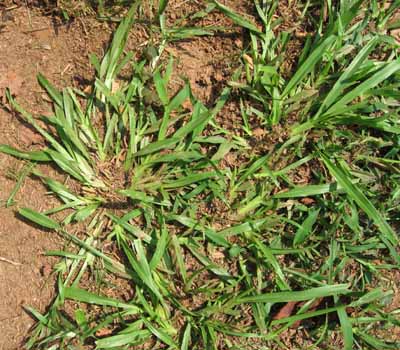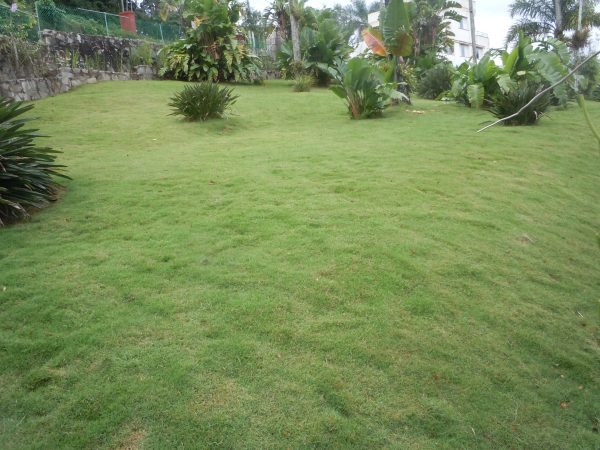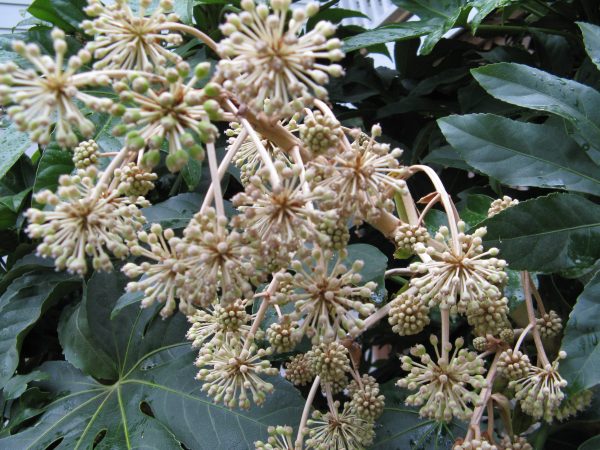Cucumber
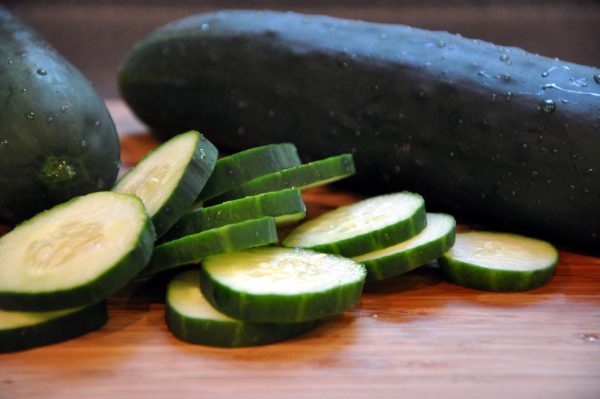
Cucumis sativus
Cucumbers are vine crops that are closely related to squashes, pumpkins, and melons. They are warm-season plants known for their refreshingly mild fruits. Many kinds of cucumbers have been developed to satisfy the demands of different cuisines. Some are short, and others are long and curved.
• More detailed information can be found in The Georgia Fruit & Vegetable Book by Walter Reeves and Felder Rushing
• See also:
Burpless types, often grown in greenhouses, are never bitter and are more typical of European tastes. As is the case with most vine crops, cucumbers can take up a lot of room, which makes them unsuitable for some gardens. The space required is about 50 square feet per plant on the ground; less space is required if they are grown on a trellis. In the last 12 to 15 years, bush types have been developed that take much less space and can even be grown in pots.
WHEN TO PLANT
These plants need warm weather to develop and may rot off if the weather is cool and wet, so don’t be in a hurry to plant cucumbers in the garden. Sow seeds in peat pots indoors under lights on the frost-free date (average date of last frost). Because vine crops do not tolerate root injuries common to transplanting, be careful when setting transplants in the garden to avoid disturbing the tiny roots. Set out started plants or sow seed directly in the garden on the latest date of last frost, after the danger of frost has passed.
WHERE TO PLANT
Soil with good drainage is important for cucumbers. (See the discussion on soils in the introduction.) They prefer a full-sun (8 to 10 hours will suffice) location, but they will grow and produce in light shade. Grow vining types on supports to save space and to make harvesting easier; grow bush types in beds or containers.
HOW TO PLANT
Apply a complete garden fertilizer, such as 10-10-10, at a rate of 1 1/2 pounds per 100 square feet of garden. Spade or rototill the soil. After danger of frost has passed, sow 6 seeds or set 2 or 3 transplant seedlings in hills about 36 inches apart. In beds, space the plants 36 inches apart down the middle of each bed. Set the plants at the same depth they were growing. Thin the seedlings to 2 or 3 per hill when they are big enough to handle. If there is danger of disturbing the other seedlings, pinch off the extras instead of pulling them. Plants at this spacing can be left to vine or can be grown on supports. Vining cucumbers can grow vertically on a trellis, on a fence, or up strings; whatever the support, it must be sturdy enough to bear the weight of a vine that may have as many as 6 or 8 cukes developing at one time.
CARE AND MAINTENANCE
Water as needed to make sure that plants get about 1 inch of water per week. Cucumber beetles are serious threats that not only eat the plants but also infect them with bacterial wilt that will kill the plants about the time they begin to produce fruit. As soon as cucumber seedlings are planted or germinate in the garden, protect them from these pests. Apply an approved garden insecticide, or use row covers over the plants, being sure to tuck in the edges and ends, to keep the beetles out. After the plants begin to vine, feel free to remove the covers or stop applying the insecticide. A virus disease, cucumber mosaic, may cause misshapen, lumpy cucumbers. To prevent this disease, which aphids carry from infected weeds, grow resistant varieties, and control aphids with insecticidal soap or other approved garden insecticide.
ADDITIONAL INFORMATION
Harvest cukes when they reach a mature size, before they turn yellow. Cucumbers, like all vine crops, have both male and female flowers. The male flowers, which usually appear first, are smaller than the females. Many times new gardeners are dismayed that the flowers fall off without any cucumbers. That usually happens because the flowers are all males. Female flowers have tiny cucumbers below the flowers themselves; male flowers have only slender stems (see page 78). New gynoecious hybrids produce only female flowers. They produce a lot more cucumbers per plant, but need pollen from male flowers. A few seeds of a standard variety that produces both male and female flowers are included in each seed packet. Unless you intend to plant the entire packet of seeds, plant a few seeds of the standard types. (They are usually larger than the gynoecious ones.) Bees that feed on the male flowers and then on the females carry pollen from one to the other. Without bees, there will be no cucumbers.
VARIETIES
Standard cucumbers are 6 to 8 inches long, borne on vines or bush-type plants. Burpless types, European or Asian cucumbers, are often 1 foot or more-sometimes up to 3 feet-long and are never bitter; they grow on either vines or bush-type plants. Pickling types are 2 to 6 inches long; most are vining types, although a few bush kinds are beginning to appear on the home garden market. Generally, the vining types are much more productive than the bush-types.
Varieties
Days to Maturity
Comments
PICKLING
Bush Pickle
48
Good for pots
Calypso
52
Gynoecious, dark green with white spines, vining
National Pickling
54
Black spines
SLICING (BUSH)
Bush Crop
55
Delicious cukes on dwarf bushes
Fanfare
63
Great taste, disease resistant; AAS
Salad Bush
57
Excellent disease resistance; 8-inch cukes on compact plant: AAS
SLICING (VINE)
Burpless
62
The original burpless; no bitterness
EARLY
Slice Master
58
Gynoecious, good disease resistance
Straight 8
58
Longtime favorite in home gardens; AAS
Sweet Success
54
European-type, long slicing cuke; AAS



